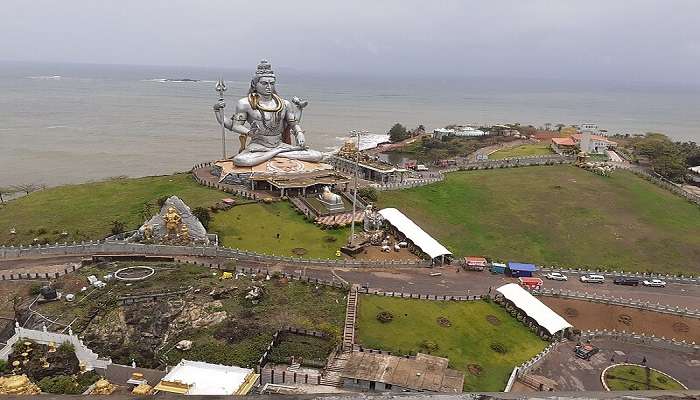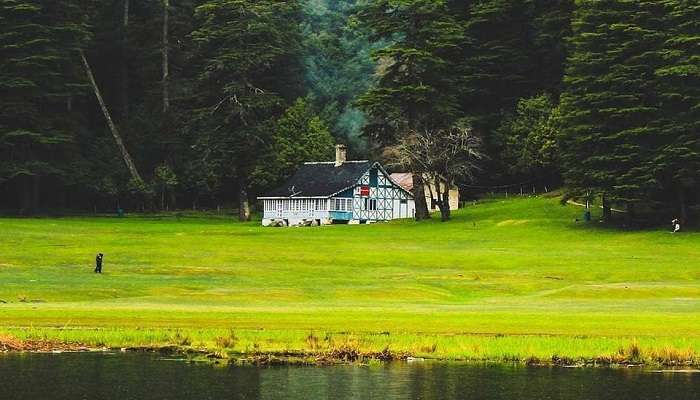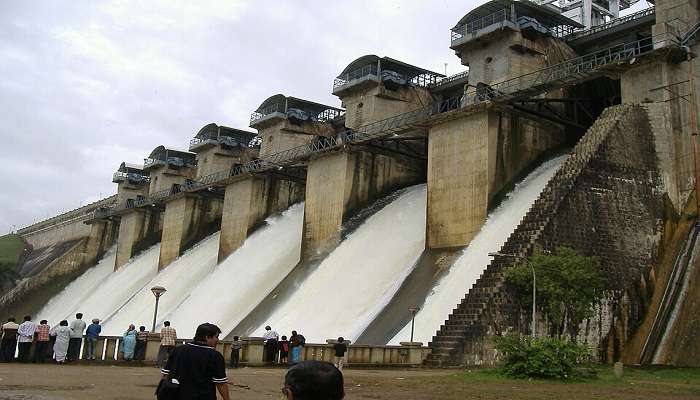Explore The Splendour Of The Kaveri River A Journey Through Southern India In 2026
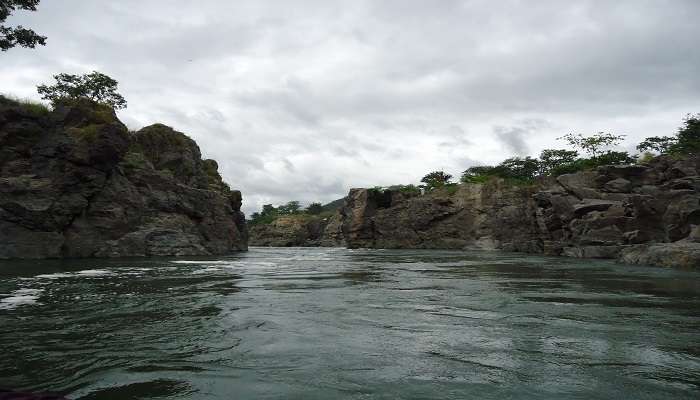
The monsoon brings life to plants and trees and fills up dried-up bodies of water. Now is the time to enjoy mountains, rivers, lakes, and ponds. You will see rivers full to the brim running through the land and giving it life. The Western Ghats are where the Kaveri (or Cauvery) River and its branches start. The river flows through Karnataka and Tamil Nadu for about 765 km. Many cities and towns were built along the sides of this river, which doesn’t come as a surprise. Because of this, there are many historical and holy sites along the Kaveri River today.
Places To Visit Near Kaveri River
The Kaveri River, or the Cauvery River, is one of the primary rivers that run across the Indian Peninsula and particularly extends through the states of Karnataka and Tamil Nadu. On the tourism map adorning the territory around the Kaveri River, there are many diverse opportunities for sightseeing. The places of interest near Kaveri River include Srirangapatna- an ancient temple town; Shivanasamudra Falls; Ranganathittu bird sanctuary; and the historic city of Mysore, which is known for its Royals Palace and practised markets.
1. Talakaveri

The Kaveri River is thought to have started at Talakaveri on Brahmagiri hill. There is a spring here that sends water underground to the Kaveri River. It is 1,276 m above sea level. The only time you can see water moving from this spot to the main river course is when it rains. Talakaveri is also important in religious terms. It’s special because it’s seen as the birthplace of the Kaveri River. A naturally occurring spring here is said to be the river’s starting point.
At Talakaveri, there is a small temple to Goddess Kaveramma and a holy tank beside it. The water in this tank comes from the same spring. It also has statues of Lord Agasthiswara and Ganapathi. Some stories say Sage Agastya contained the Kaveri River in a Kamandalu boat. While Sage Agastya meditated, Ganapathi became a crow and tipped over the Kamandalu, letting the Kaveri River flow freely.
Location: Kodagu district of Karnataka, India
Timing: 5:30 AM to 6:00 PM
Also Read: Best Places To Visit In Karnataka
2. Bheemeshwari
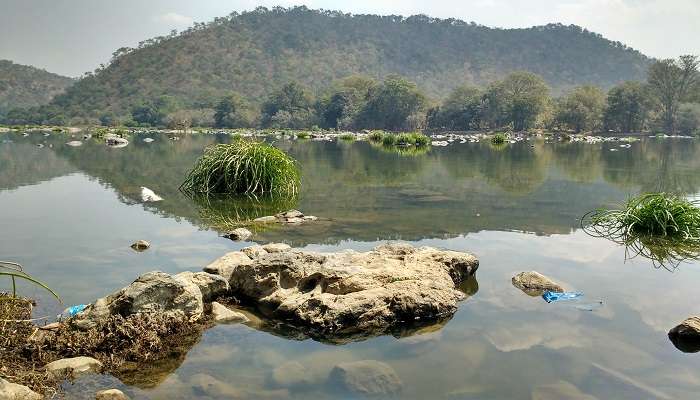
Because it is close to the Cauvery River and has a lot of forest with different kinds of plants and animals, adventurers and bird watchers come to Bheemeshwari to go fishing, to adventure camps, to hike up the hills and to see the many kinds of birds that live there. It is home to many different types of birds and is famous for its many fishing camps, such as Mekedatu, Sangam, and Kokrebellur Pelicanry.
In recent months, there has been a lot of trash along the river because so many people camp and cook there. Visiting Bheemeshwari places you in the heart of nature’s beauty on the Kaveri River, surrounded by rich forests. As an epicentre for outdoor adventures, it attracts attention worldwide. Locals and travellers from overseas frequent this Karnataka area near the Kaveri River basin.
Location: Mandya district of Karnataka, India
Timing: 7:00 AM to 6:00 PM
3. Dubare

Dubare is in the Kodagu district. It is a forest area on the banks of the Kaveri River. It’s famous for the elephant camps there. These are where the elephants in the Mysore Dussehra Parade were taught. The camos have no training today, and the elephants only give people rides for fun. Adventure tourists also like Dubare because there are many chances to go hiking, fishing, and river rafting.
The Elephant Camp in Dubare attracts scores of thrill-seekers. They flock here to plunge into various outdoorsy activities. These are long walks, angling, and hustling with the rapids of Kaveri River, and discovering the rich assortment of plant and animal life in the Dubare Reserve Forest. A variety of animals call the woods home. You’ll see a range of birds, land animals, reptiles, and water-dwellers. But beware of snakes! Not every snake is harmful, but it’s best to stay cautious. Listen to what our experienced forest guides and team leaders say.
Location: Kodagu district of Karnataka, India
Timing: 9:00 AM to 11:00 AM and 4:30 PM to 5:30 PM
Related Post: Historical Places In Karnataka
4. Shimoga
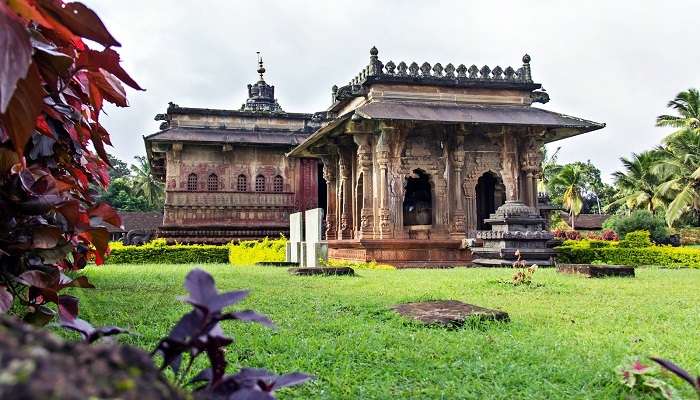
Shimoga is an old city that’s stood the test of time. It was ruled by many, including the Kadambas, Chalukyas, Hoysalas, and the Vijayanagar Empire. They’ve given this city a tapestry of diverse culture and stunning architecture. You may wonder: “What’s in a name?” For Shimoga, it is taken from “Shiv-Mukha,” the “Face of Lord Shiva,” symbolising the city’s Hindu bonds. What grabs attention about Shimoga? It’s the striking nature all around. Think lush green landscapes, pretty rivers, and rolling hills.
Four main rivers – the Sharavathi, Kumudavathi, Tungabhadra, and Varada, add a calm yet mysterious feel. It’s called Karnataka’s “rice bowl” and “breadbasket” due to its rich farmland and many crops, including areca nuts. With its good weather, beautiful views, and fun activities like trekking, river rafting, and temple tours, Shimoga is loved by tourists who want a mix of nature, culture, and adventure.
Location: District headquarters of the Shimoga district in the state of Karnataka, India
Timing: 6:00 AM to 6:00 PM
5. Krishna Raja Sagara
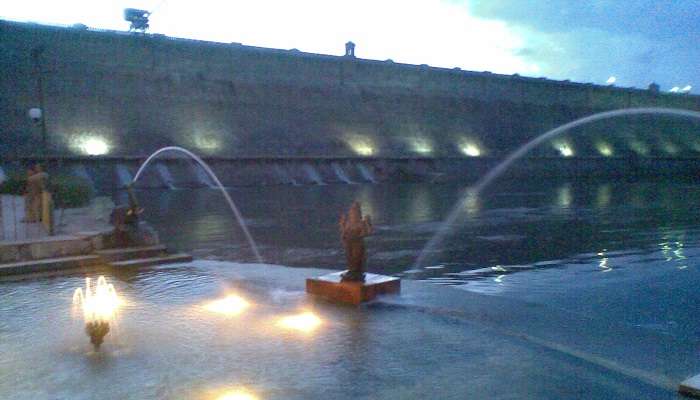
The KRS Dam, short for Krishna Raja Sagara, is a significant dam built on the Kaveri River. It was named in honour of Krishnaraja Wodeyar IV, a past king of Mysore. Standing at 130 feet, the building started in 1911 and ended in 1924. It uses a unique building method. “Surki mud” was used instead of cement because, at that time, getting cement to this location was too costly. This mud resulted from mixing the burnt brick powder with lime, a readily available and economical choice.
The KRS Dam is a vital water source for nearby areas, supplying drinking water and irrigation to people in and around Mandya. Near the dam lies the beautiful Brindavan Gardens, which were envisioned in 1927. These public gardens boast three rooftop parks filled with lush plants, blooms, sculptures made of shrubs, and pools. One pond has a music display, which people find enthralling. Visitors can also enjoy activities like boating and fishing within the gardens’ lake.
Location: Mandya district of Karnataka, India
Timing: 6:00 AM to 6:00 PM
Related Post: Things To Do In Karnataka
6. Coorg
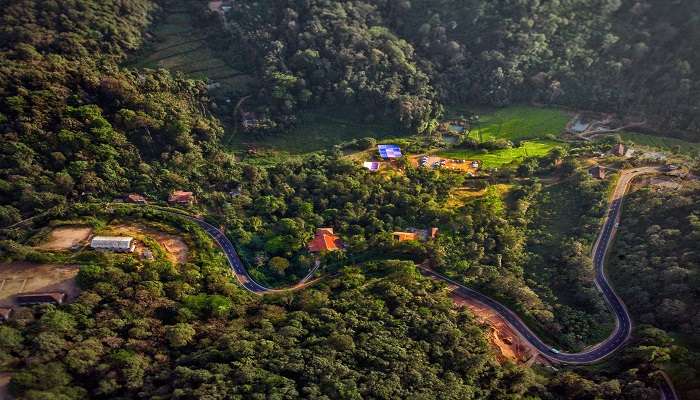
Coorg, also named Kodagu, is a lovely hill station. It’s full of greenery, high mountains, and flourishing coffee and spice farms. Enclosed by the Western Ghats mountains, it’s always a pleasant place. The Kodavas people live here; they are known for martial arts and friendliness. Their culture comes through in their festivals, buildings, and traditions. Coorg is stunning with its hills, forests, waterfalls, and rivers.
This is the must-visit zone for thrill-seekers – hiking, rafting, and spotting wildlife; it’s all there! Key attractions here? Abbey Falls takes the top spot. Next, Bylakuppe holds the title of India’s second-biggest Tibetan hub! Additionally, Namdroling Monastery, Talakaveri, and Madikeri Fort offer some breath-taking panoramas. One of the main things here is coffee and spices, which are part of the economy and way of life. You can visit these farms, understand the crop, and taste famous Coorg coffee.
Location: Southwestern part of Karnataka, India
Timing: 6:00 AM to 6:00 PM
Tips When Visiting Kaveri River
- The Kaveri river system takes a messy route to follow the top part of the river’s trip. The river runs through rocky areas, and the sides are full of green plants. Along its path, the river flows through a narrow valley and drops between 60 and 80 feet in the Chunchanakatte rapids.
- After this, the Kaveri River was about 275 to 365 metres wide and crossed the Karnataka Plateau. Once it reached this area, buildings called anicuts or weirs slowed the river’s flow.
You May Also Like To Read: Kittur Fort
Travelling along the Kaveri River gives you a peek into local customs. You can choose a restful spiritual getaway, enjoy local cultures, or simply appreciate nature’s pace. The Kaveri River journey is unforgettable, leaving lasting imprints on your mind and heart. Plan to visit the Kaveri River for a fantastic journey to South India’s core. Dive into long-standing traditions, tour sacred temples, and absorb the river’s serene allure. Book your trip to Karnataka today. Prepare to fall under the timeless charm of Kaveri, creating lasting memories, extending beyond the trip’s conclusion.
For our editorial codes of conduct and copyright disclaimer, please click here.
Cover Image Credit: Amitra123 for wikimedia commons
Frequently Asked Questions About Kaveri River
Where does the Kaveri River begin and end?
The Cauvery River, at an elevation of about 1341 m, starts at Talakaveri in the Brahmagiri range in the Western Ghats in Karnataka. It runs for about 800 km before ending in the Bay of Bengal.
In what way does Kaveri relate to religion?
River Kaveri is the most essential and well-known river in South India. It comes from Karnataka and Tamil Nadu and is considered a holy river.
But why is Kaveri called the Ganga of the South?
It's called the 'Ganga of the South' or 'Dakshin Bharat Ki Ganga' in Hindi. Kaveri flows like Ganga and has many branches that run into it. Many smaller rivers flow into the main river, making a huge delta known as the 'Garden of Southern India.
The Kaveri River belongs to which state?
No state owns the Kaveri River; it flows through two states. The river originates at Talakaveri in the Western Ghats in Karnataka, flows through multiple districts, and then enters Tamil Nadu.
What did people in the past call Kaveri?
Kaveri River is called 'Ponni' in Tamil. With an 805 km length, it is the fourth-longest river in south India. It starts in the Western Ghats at Talakaveri in the Kodagu district of Karnataka and goes through Tamil Nadu.
People Also Read:
Chao Phraya River Achankovil River Rivers In Vietnam
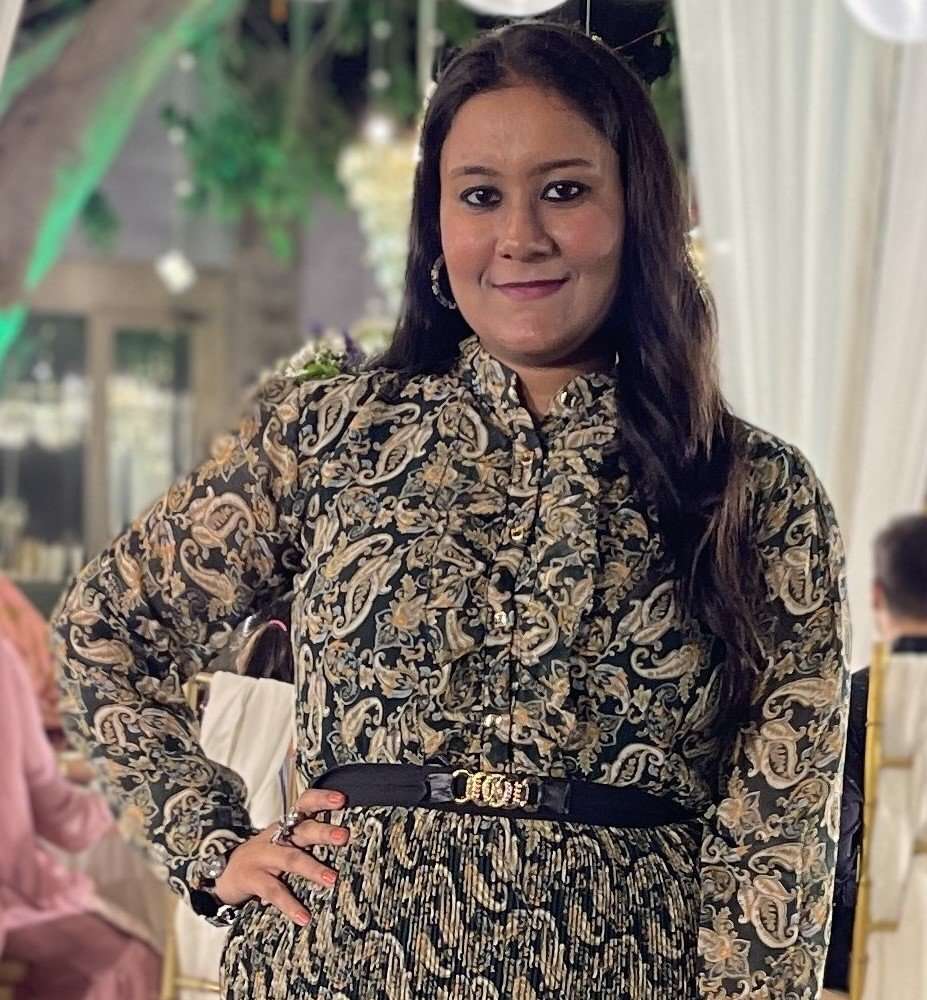
Unveil the hidden treasures of the globe and turn every travel dream into reality. As a Content Writer, I am passionate enough to craft stories from ancient wonders to modern marvels. My words paint the picture-perfect itinerary for unforgettable experiences. Let my words be your trusted guide to immerse in the diverse culture and discover the beauty of the unknown.



